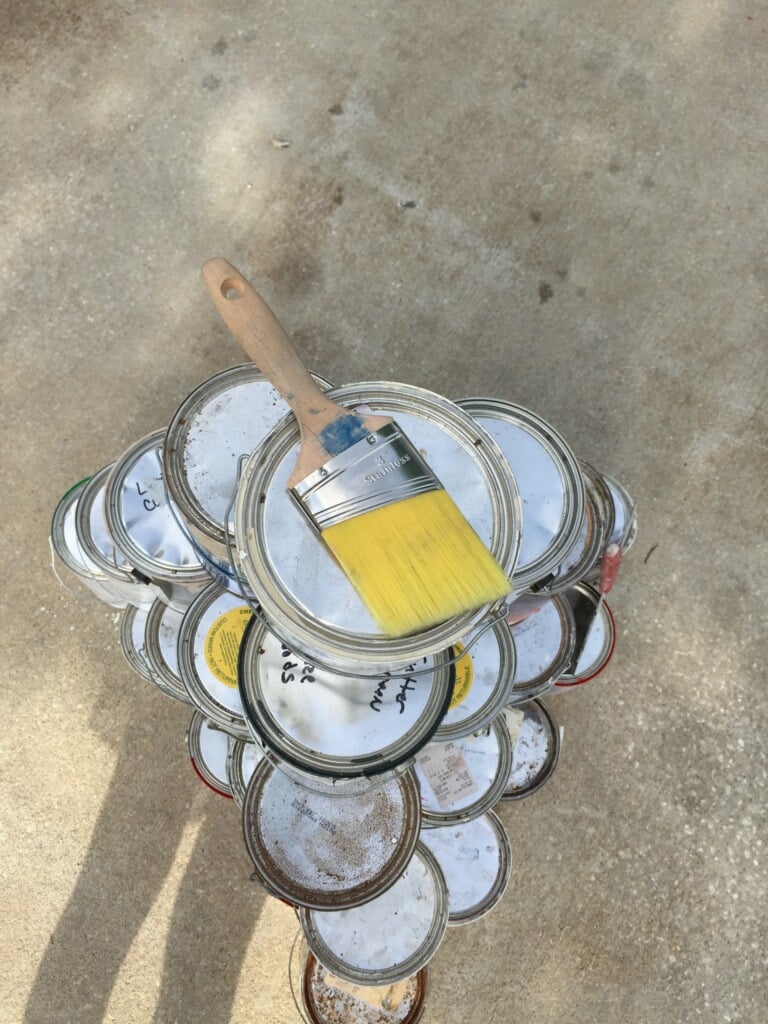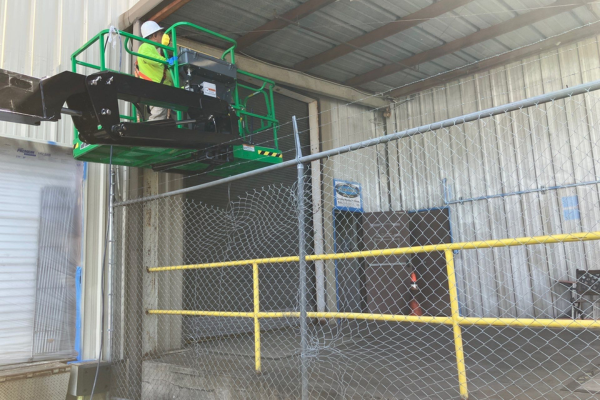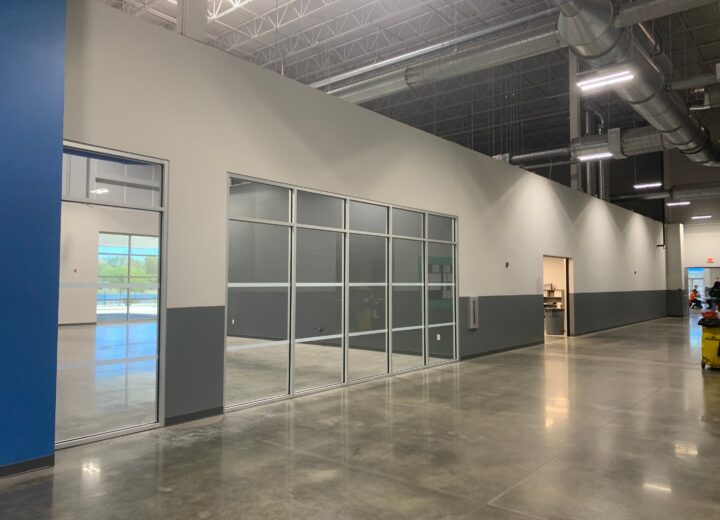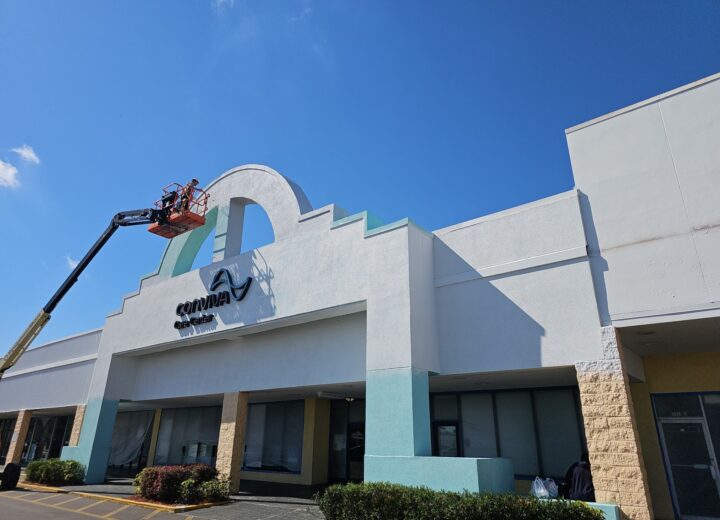Why would you waste your money on two different products when you can use one of the paint-primer combinations available today? Before spending money on a 2 in 1 paint and primer product, it’s important to know that paint and primer combos have elicited great controversy among professional painters.
While some experts advise DIYers to apply a primer first, let it dry, and then paint the surface, others recommend 2 in 1 products, which can help complete a paint job in one simple step. Are 2 in 1 paint and primer products really efficient and different from regular wall paints? Or are they the same thing with different labels? Keep reading to find out.
Differences between Regular Paint and 2 in 1 Paint and Primer Products
After preparing walls for painting, most people are tempted to skip the primer and go right for the paint. Is priming really that important? Could 2 in 1 products successfully replace primers and topcoats? For a comprehensive answer, let’s take a look at the differences between regular wall paints and paint-primer systems in relation to:
- Adhesion – While the primary purpose of regular paint is to add color, sheen, and protection to walls, paint and primer combos have been specifically
 developed to fill the gap between paints and primers. Adhering to surfaces better than regular paints but not as well as primers, 2 in 1 paint and primer products work best on surfaces that have already been painted. When used on raw surfaces, previously applying a high-quality primer can help ensure better coating adhesion. That’s because primers create a very strong bond with various surfaces, anchoring the topcoat tightly to the substrate. Additionally, primers can cover porosity and imperfections to deliver a sealed, even, smooth, and stable foundation for the topcoat.
developed to fill the gap between paints and primers. Adhering to surfaces better than regular paints but not as well as primers, 2 in 1 paint and primer products work best on surfaces that have already been painted. When used on raw surfaces, previously applying a high-quality primer can help ensure better coating adhesion. That’s because primers create a very strong bond with various surfaces, anchoring the topcoat tightly to the substrate. Additionally, primers can cover porosity and imperfections to deliver a sealed, even, smooth, and stable foundation for the topcoat.
- Coverage – When repainting already painted walls, 2 in 1 paint and primer products work quite well, providing a much better coverage in one coat than regular wall paint. While regular paint can only be used when the new shade is very close to the previous color (e.g. you can apply beige over yellow or light blue over light gray, but not white over red), paint and primer combos can be used to paint your walls a similar or a different color (e.g. blue over green). If the colors are located across from each other on the color fan deck, the best idea is to use a tinted primer first to smooth the transition between the substrate and the topcoat. You can also find specialist primers (e.g. stain-inhibiting products, antifungal primers, etc.), which are some real problem solvers, providing outstanding coverage, promoting adhesion, and allowing you to address specific problems, such as rot and mold.
- Durability – Regular wall paint applied to an unprimed surface may crack, peel, or chalk within months after the project has been completed. For a long-lasting paint job, priming the surface with the right product is imperative. Conversely, paint-primer products can be used on new surfaces without priming. For a durable paint job, at least two coats of the product are required. When used on previously painted surfaces, paint-primer combos can deliver perfect results, with minimal surface preparation and with no reason for concern about early paint failure.
What do our experts recommend? ALWAYS treat new surfaces with a high-quality primer before painting. Once the primer has dried completely, you can apply the topcoat. If you’re painting over a previous paint color, opting for the right 2 in 1 paint and primer product can help you achieve a uniform, beautiful, highly durable paint job in one easy step.






